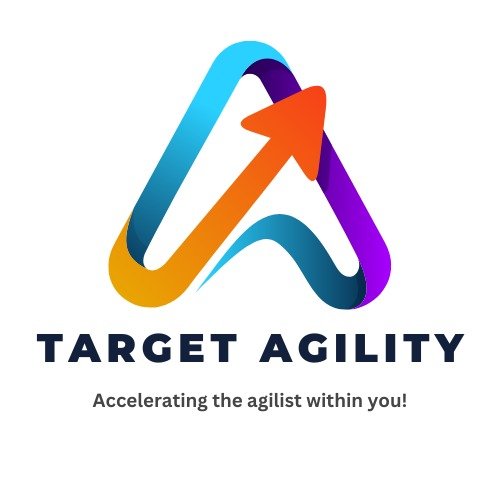Agile started in software development, but now it’s making waves in other business areas too. Teams in marketing, human resources (HR), and finance are starting to use Agile methods to work faster, smarter, and more flexibly. In today’s fast-changing world, sticking to old processes just doesn’t cut it anymore.
So how can Agile help outside of tech? Let’s break it down.
What is Agile and Why Does It Matter?
Agile is a way of working that focuses on:
- Working in short cycles (called “sprints”)
- Getting constant feedback
- Improving continuously
- Being flexible and quick to respond to change
It helps teams move faster, stay on track, and focus on what really matters. While it started in software, any team that needs to be quick and efficient can benefit from Agile.
Agile in Marketing
Marketing teams deal with changing trends, customer needs, and new platforms all the time. Traditional marketing plans take months to build and often become outdated before launch.
Agile marketing changes that. Instead of creating long-term plans, Agile teams test ideas quickly, look at results, and adjust. This helps them:
- Launch campaigns faster
- Make data-driven decisions
- Work better as a team
Tools like Kanban boards and short daily meetings help everyone stay in sync.
Agile in Human Resources (HR)
HR isn’t just about paperwork anymore—it’s about creating a great workplace. Agile HR focuses on flexibility and putting people first.
With Agile, HR teams can:
- Speed up hiring with short, focused recruitment sprints
- Replace yearly reviews with regular feedback sessions
- Offer training in small, helpful chunks instead of big, one-time courses
Agile helps HR respond quickly to employee needs and business changes.
Agile in Finance
Finance might seem too strict for Agile, but that’s changing. Today’s finance teams need to keep up with fast-moving business goals.
Agile finance can:
- Use rolling forecasts instead of rigid annual budgets
- Work closely with other departments for better planning
- Focus on delivering real-time insights, not just reports
It’s about staying in control while being ready to pivot when needed.
Tips for Making Agile Work Across Departments
If your company wants to go Agile in more than just IT, here are a few things to keep in mind:
- Change the culture: Agile needs open communication, trust, and teamwork
- Train your teams: Everyone needs to learn how Agile works in their area
- Get leaders involved: Agile works best when leadership supports it
Conclusion
Agile isn’t just for software anymore. It’s a powerful way to improve how marketing, HR, and finance teams work. By being more flexible, faster, and focused on real results, these teams can help their companies grow and adapt in a rapidly changing world.
Now is the perfect time to take Agile beyond IT—and unlock its full potential across your organization.












